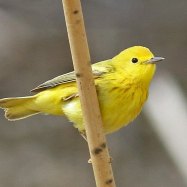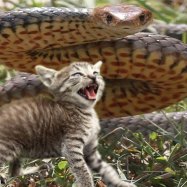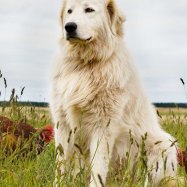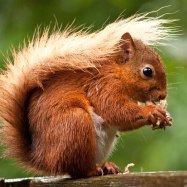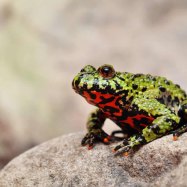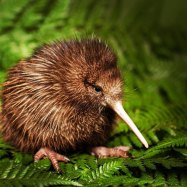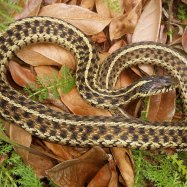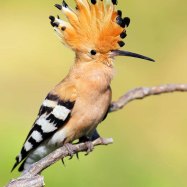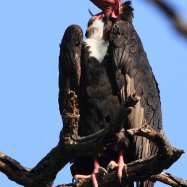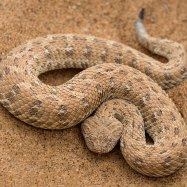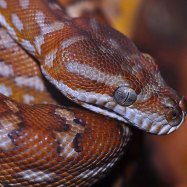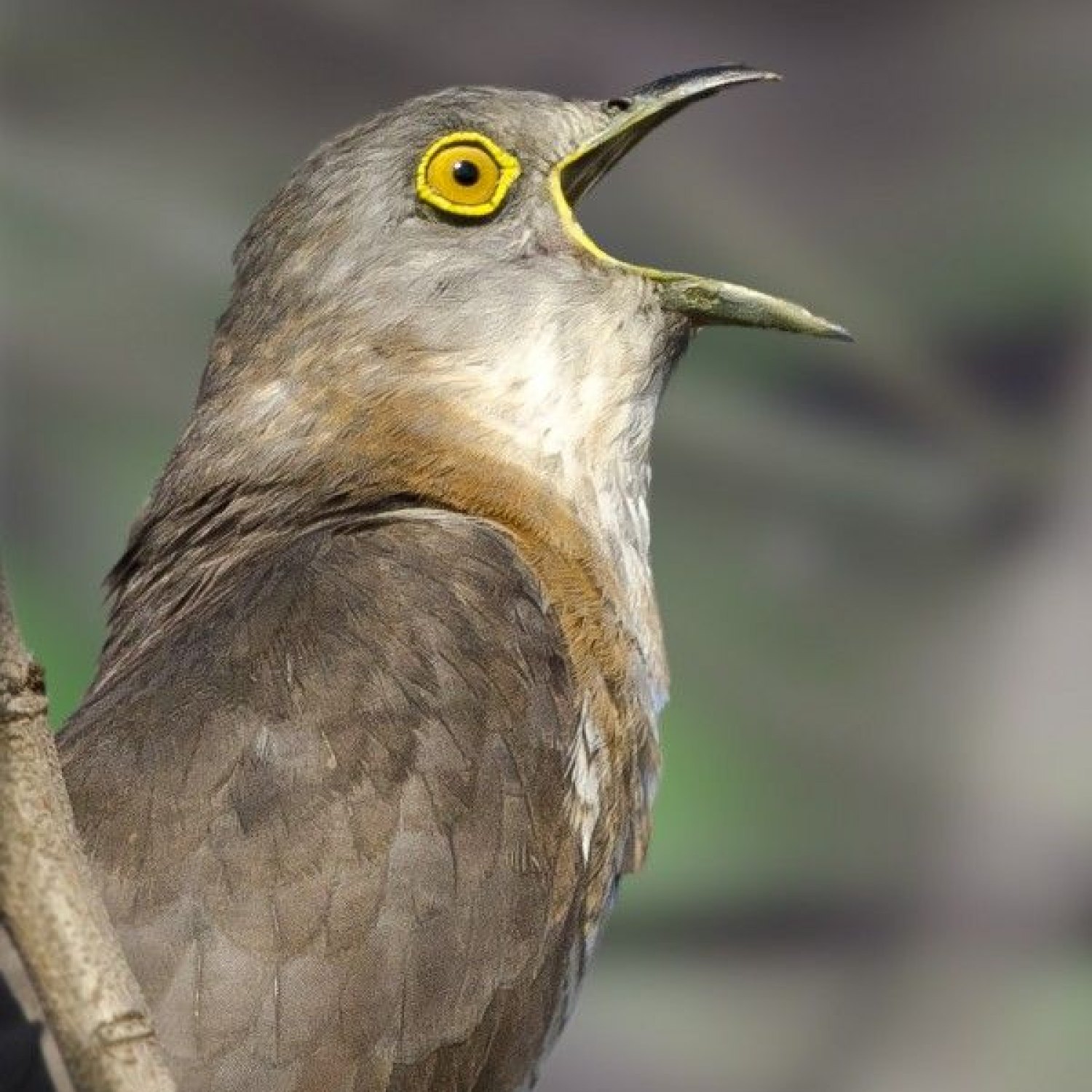
Cuckoo
32-34 cm
The Cuckoo, with its sleek and slender body, can be found all over the world measuring 32-34 cm in length. Belonging to the family Cuculidae, they are known for their distinct call and unique reproductive behavior. These birds are not just fascinating to observe but also have an important role in the ecosystem. #cuckoo #animalfacts #birds
Animal Details Summary:
Common Name: Cuckoo
Kingdom: Animalia
Habitat: Woodlands, forests, and edges
The Cuckoo: Nature's Master of Deception
Nature has a way of surprising us with its incredible creatures, captivating us with their unique features and behaviors. From the majestic lion to the sneaky chameleon, each animal has its own fascinating story to tell. In this article, we will delve into the world of the cuckoo, a bird known for its mesmerizing behavior and intriguing characteristics.The cuckoo, scientifically known as Cuculus canorus, is a member of the avian family Cuculidae Cuckoo. Commonly referred to as simply "cuckoo," this bird can be found in various parts of the world, including Eurasia, Africa, and Australia. It is a migratory bird, meaning that it travels from one place to another depending on the season.
The Cuckoo's Identification and Habitat
The cuckoo has a unique appearance, making it easily identifiable in the wild. It has a gray-brown coloration with white spots on its wings and belly. This allows it to blend in seamlessly with its surroundings, making it difficult for predators to spot. The bird is also sleek and slender, with a length of 32-34 cm, which further enhances its ability to maneuver through the trees.The cuckoo can be found in woodlands, forests, and edges, where it can build its nests and lay eggs. Interestingly, the female cuckoo does not build its own nest but instead lays its eggs in the nests of other bird species, such as the robin or meadow pipit. This behavior is known as brood parasitism and is a unique adaptation of the cuckoo Cardinal.
The Cuckoo's Feeding Habits
The cuckoo is primarily insectivorous, meaning that it feeds on insects such as caterpillars, beetles, and ants. Due to its slender beak, it is able to catch insects quickly and efficiently, making it a skilled hunter. Interestingly, the cuckoo has a unique feeding method where it holds the insect in its beak and repeatedly thrashes it against a hard surface to remove any inedible parts before swallowing it whole.The Cuckoo's Masterful Mimicry
One of the most fascinating features of the cuckoo is its ability to mimic the call of other bird species. Male cuckoos have a distinctive call that sounds like "cuck-oo," giving the bird its name. However, the females do not make this call but instead imitate the call of other birds to trick them into thinking their eggs belong in their nest.The male cuckoo's call is also a way for them to attract a mate, with the females choosing the male with the most impressive call. Interestingly, the cuckoo's call can also vary depending on its location, with populations in different regions having distinct call patterns.
The Cuckoo's Breeding Strategy
As mentioned earlier, the cuckoo is a master of deception, particularly when it comes to reproducing. Unlike other birds, the cuckoo does not build its own nest or incubate its eggs. Instead, the female cuckoo lays one egg in the nest of another bird, usually one of smaller size. After laying the egg, the female cuckoo will then remove one of the host's eggs to make room for its own.Once the cuckoo hatches, it immediately removes any remaining eggs or young in the nest, leaving the host's parents to raise the cuckoo as their own. The cuckoo grows quickly, often outgrowing and dominating the nest, eventually leaving to join other cuckoos in their migration.
The Cuckoo's Global Presence
The cuckoo is a widespread bird, found in countries across Europe, Asia, and Africa. It is also present in some parts of North America, although it is considered an introduced species and does not migrate like its Eurasian and African counterparts. The cuckoo's global presence is a testament to its adaptability and resilience, making it a successful species even in the face of environmental changes.The Cuckoo's Importance in Nature
Despite its deceptive breeding strategy, the cuckoo plays an important role in its ecosystem. By preying on insects, it helps control their populations, preventing any potential damage to vegetation. The cuckoo is also an important source of food for other predators, such as foxes and birds of prey, impacting the food chain in multiple ways.In addition, the cuckoo's brood parasitism behavior also has a positive impact on other bird species. By laying their eggs in other birds' nests, the cuckoo is helping to distribute their eggs and genes, promoting genetic diversity and preventing inbreeding among their populations.
The Future of the Cuckoo
As with many other species, the cuckoo faces various threats in the wild, including habitat loss and changes in their migratory patterns. The use of pesticides also affects their primary food source – insects – which could have a significant impact on the cuckoo population. However, due to its widespread global presence and adaptable nature, the cuckoo is currently not considered an endangered species.The Cuckoo and Humans
The cuckoo has long been a part of human lore and culture, with its distinctive call featured in many folk songs and stories. In some cultures, the bird was even considered a sacred messenger or a symbol of luck. However, with increasing urbanization and loss of habitat, the cuckoo's call is becoming rarer to hear, making it a bittersweet reminder of our changing environment.In addition, the cuckoo's brood parasitism behavior has also been a topic of interest and study for researchers, with many trying to understand the complexities of this unique adaptation. By learning more about the cuckoo's behavior, we can gain a greater understanding of the natural world and the various strategies animals use to survive and thrive.
In Conclusion
The cuckoo is a truly remarkable bird, with its deceptive behavior and mesmerizing call. It has managed to adapt and thrive in various environments, making it a successful species despite many challenges. By understanding the cuckoo's unique characteristics and behaviors, we can appreciate the diverse and wondrous creatures that call our world home. As we continue to learn more about the cuckoo, one thing is for sure – nature's master of deception will continue to surprise and amaze us for years to come.

Cuckoo
Animal Details Cuckoo - Scientific Name: Cuculus canorus
- Category: Animals C
- Scientific Name: Cuculus canorus
- Common Name: Cuckoo
- Kingdom: Animalia
- Phylum: Chordata
- Class: Aves
- Order: Cuculiformes
- Family: Cuculidae
- Habitat: Woodlands, forests, and edges
- Feeding Method: Insectivorous
- Geographical Distribution: Eurasia, Africa, Australia
- Country of Origin: Found in numerous countries across Europe, Asia, and Africa
- Location: Worldwide
- Animal Coloration: Gray-brown with white spots
- Body Shape: Sleek and slender
- Length: 32-34 cm
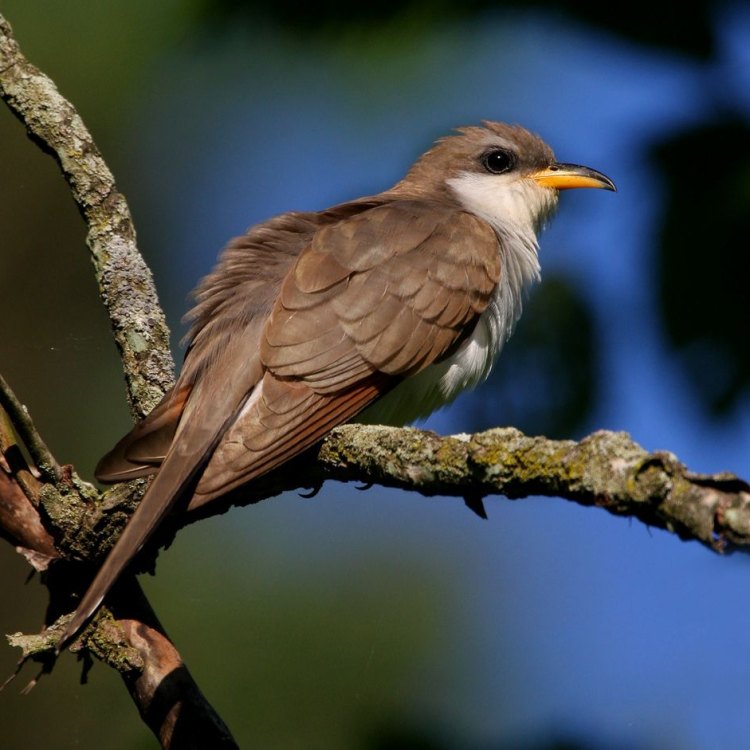
Cuckoo
- Adult Size: Medium-sized
- Average Lifespan: 6 years
- Reproduction: Egg-layers
- Reproductive Behavior: Brood parasitism
- Sound or Call: Distinctive call of 'cuck-oo'
- Migration Pattern: Migratory
- Social Groups: Solitary
- Behavior: Known for its unique reproductive strategy
- Threats: Habitat loss, climate change, pesticide use
- Conservation Status: Least Concern
- Impact on Ecosystem: Controls insect populations
- Human Use: Considered a symbol of spring and associated with folklore and mythology
- Distinctive Features: Long and pointed wings
- Interesting Facts: Female cuckoos lay their eggs in the nests of other bird species
- Predator: Birds of prey, snakes, and small mammals
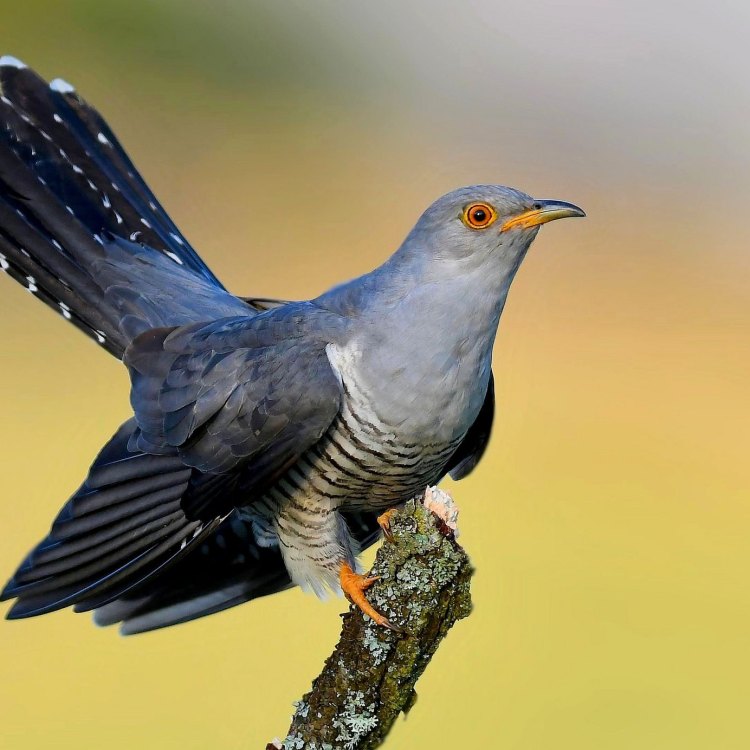
Cuculus canorus
The Fascinating World of Cuckoos: How This Unique Bird Thrives Against All Odds
Nature has a myriad of remarkable species that never cease to amaze us. Among them is the enigmatic cuckoo, a medium-sized bird with a distinctive call and a perplexing reproductive strategy. Cuckoos are native to Europe, Asia, Africa, and Australasia, and their presence has been documented throughout history, dating back to ancient civilizations. But what makes cuckoos stand out among other birds is their mysterious and unconventional way of life PeaceOfAnimals.Com. In this article, we'll delve into the fascinating world of cuckoos, exploring their behavior, impact on ecosystems, and unique features, while also shedding light on the threats they face and their conservation status.Adult Size and Average Lifespan
Cuckoos belong to the Cuculidae family, which comprises over 140 different species. These birds are medium-sized, ranging from 14 to 63 centimeters in length, depending on the species. They have sleek bodies with long tails, pointed wings, and flat heads. Their beaks are relatively short and slightly curved, with sharp tips that help them capture insects, their primary source of food. Cuckoos have large eyes, giving them remarkable eyesight and allowing them to spot prey from above.
On average, cuckoos have a lifespan of six years in the wild. However, some species, like the common cuckoo, have been known to live up to 8 years. As with most bird species, cuckoos have a shorter lifespan in the wild due to predators, diseases, and other environmental factors Clock Spider. In captivity, cuckoos can live longer, with some individuals reaching up to 15 years.
Reproduction and Reproductive Behavior
Cuckoos are classified as egg-layers, meaning they reproduce by laying eggs rather than giving live birth. However, what sets cuckoos apart from other birds is their reproductive behavior, specifically their use of brood parasitism. This refers to the practice of laying eggs in the nests of other bird species, relying on the host bird to raise their young.
Female cuckoos have a unique and advanced method of choosing host birds for their eggs. They observe potential hosts closely, looking for unguarded nests with eggs that resemble their own. Once they have identified a suitable host, they wait for the opportune moment to lay their egg and often remove one of the host's eggs in the process. This way, the cuckoo's egg is less likely to be rejected by the host, as the number of eggs in the nest remains the same.
Upon hatching, cuckoo chicks use their sharp beaks and strong neck muscles to push the host's eggs or chicks out of the nest, ensuring that they receive all the attention and food from the unsuspecting host parents. This behavior is known as eviction, and it allows cuckoos to gain an advantage over their host's offspring by receiving all the resources and parental care.
Sound or Call and Migration Pattern
One of the most distinctive features of the cuckoo is its call, the famous 'cuck-oo' that can be heard throughout the spring and summer months. The male's call is used to attract a mate and establish its territory, while the female's call is softer and more melodic. Each species of cuckoo has a slightly different call, giving researchers a way to identify the different species by their unique sound.
Cuckoos are migratory birds, with most species traveling long distances during the winter months to escape colder temperatures and find better food sources. The common cuckoo, for instance, migrates from Africa to Europe and Asia, covering a distance of over 18,000 kilometers round trip. Their built-in navigation system enables them to find their way back to the same breeding grounds each year, often to the exact same host species.
Social Groups and Behavior
Cuckoos are solitary birds, meaning they live and hunt alone, only coming together during mating season. They are often found in dense vegetation, making spotting them in the wild a challenging task. During the breeding season, cuckoos become more vocal and active, engaging in courtship displays and territorial battles with other males.
The most remarkable aspect of cuckoo behavior, as mentioned earlier, is their unique reproductive strategy. By exploiting other bird species, cuckoos have managed to thrive in habitats where resources are scarce. However, this behavior comes with its own set of risks and challenges, which we will discuss in the following sections.
Threats, Conservation Status and Impact on Ecosystems
Despite their successful reproductive strategy, cuckoos are facing a range of threats in the wild. Habitat loss and degradation are major issues facing cuckoos, as their habitat is generally in small patches of forests and woodland areas. These areas are often cleared for agricultural purposes, reducing the cuckoo's breeding and foraging grounds.
Climate change is another significant threat to cuckoos, as it affects their migration patterns and disrupts the availability of resources. Pesticide use, particularly on farmlands, is also a major concern for cuckoos, as it reduces their food sources and can be harmful to their health.
Despite these threats, cuckoos are currently listed as "Least Concern" on the International Union for Conservation of Nature (IUCN) Red List, thanks to their wide distribution and relatively stable population. However, continued monitoring and conservation efforts are necessary to ensure their long-term survival.
In terms of their impact on ecosystems, cuckoos play a vital role in controlling insect populations. As insectivorous birds, they help keep insect numbers in check, preventing them from reaching destructive levels. This, in turn, benefits not only their own species but also other birds and animals that rely on insects as a food source.
Human Use and Distinctive Features
Cuckoos have been a source of fascination and inspiration for humans for centuries. In many cultures, they are considered a symbol of spring, often associated with rebirth, transformation, and new beginnings. In Greek mythology, the goddess Hera transformed into a cuckoo, while in Norse mythology, the god Odin is accompanied by two ravens, often portrayed as large cuckoos.
Their distinctive call and unique reproductive behavior have also earned cuckoos a place in folklore and literature. From Shakespeare's plays to modern-day poems and songs, cuckoos have captured the imagination of artists and writers.
Aside from their cultural significance, cuckoos also have distinct physical features that make them stand out from other birds. Their long and pointed wings allow them to fly long distances effortlessly, and their sleek and slender bodies make them agile hunters. Additionally, their ability to mimic the calls of other birds adds another layer of intrigue to these fascinating creatures.
Interesting Facts and Predators
Female cuckoos lay their eggs in the nests of other bird species, often using a different host species for each of their eggs. This incredible feat is possible due to the female cuckoo's remarkable memory and ability to recognize specific appearances and behaviors of potential hosts.
Cuckoos have a few natural predators, including birds of prey such as hawks and falcons, snakes, and small mammals such as weasels and squirrels. However, their elusive behavior and excellent camouflage make it challenging for predators to spot and catch them.
In Conclusion
Cuckoos may seem like ordinary birds at first glance, but they have a complex and fascinating way of life that sets them apart from other avian species. From their unique reproductive strategy to their distinctive call and symbolism in human culture and mythology, there is much to discover and appreciate about these mysterious birds. However, as with any species in the wild, it is crucial to ensure their conservation and protection so that future generations can also witness the wonder of cuckoos in their natural habitat.
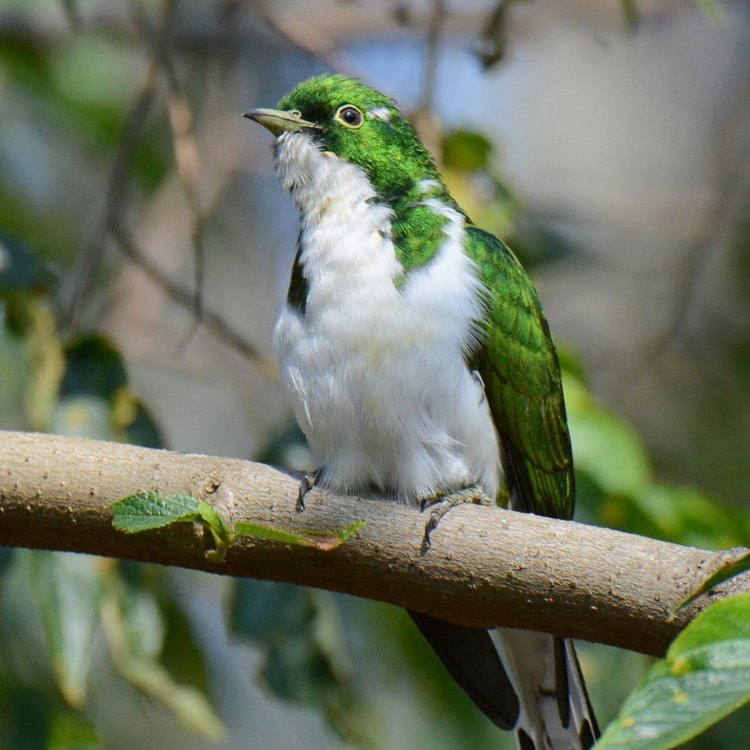
The Cuckoo: Nature's Master of Deception
Disclaimer: The content provided is for informational purposes only. We cannot guarantee the accuracy of the information on this page 100%. All information provided here may change without prior notice.

